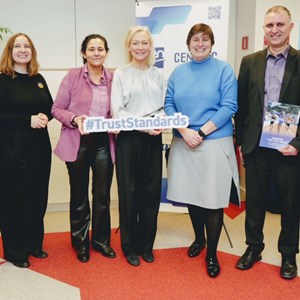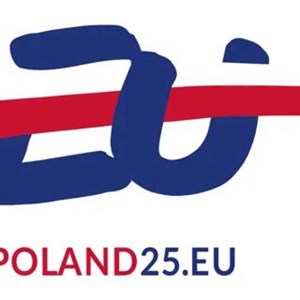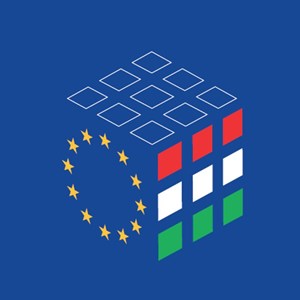CEN and CENELEC have entered into a significant agreement with the Central Commission for the Navigation of the Rhine (CCNR) to advance the standardization of inland navigation. This collaboration aims to improve standardization processes and safety measures in inland waterway transport. It has been formalized through a Memorandum of Understanding (MoU) signed by the three organizations on 9 April.
The CCNR exercises an essential regulatory role in the navigation of the Rhine. It is composed of the delegations of its Member States – Belgium, France, Germany, the Netherlands and Switzerland – which are responsible for drawing up Rhine regulations.
In 2015, the CCNR - in cooperation with the European Commission - established the CESNI, the European committee for drawing up standards in the field of inland navigation. This European committee was set up in order to adopt technical standards in various fields, in particular concerning vessels, crew and information technology. The respective regulations at the European and international level, including those of the European Union and the CCNR, may refer to these standards.
A key focus of the collaboration between CEN, CENELEC and CCNR (CESNI) is the transition to alternative propulsion systems and fuels in inland navigation to meet environmental goals. Hydrogen, methanol, or batteries emerge as promising solutions for the greening of the fleet. Regulations, supported by partnerships such as the one defined in the MoU, are identified as crucial drivers for this transition. This is expected to contribute significantly to the coherent and effective implementation of the CCNR and EU policies, such as the EU’s Alternative Fuel Infrastructure Regulation and the Trans-European Transport Network (TEN-T).
The strategic collaboration between CEN, CENELEC, and CCNR (CESNI) closely conforms to CEN/TC 15 'Inland navigation vessels'. It establishes a formal cooperation framework to enhance complementarity and facilitate the joint evolution of their combined work. Essential for fostering innovation, it addresses challenges aligned with the environmental and climate protection objectives set by the European Union (Green Deal) and the CCNR (Mannheim Declaration).
This collaboration constitutes a critical advancement in standardization efforts for inland navigation that are dedicated to ensuring safety, interoperability, and environmental sustainability across European inland waterways.

Kursley ALAIRY
kalairy@cencenelec.eu



